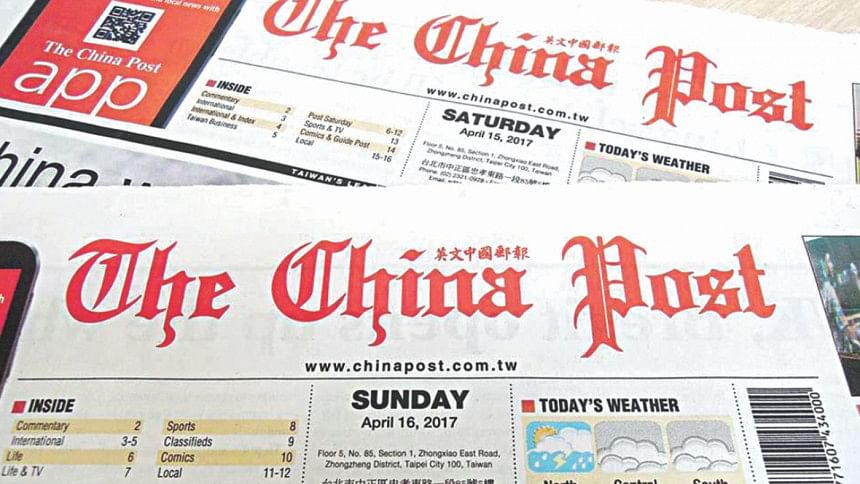The China Post begins a new journey

On May 15, The China Post published its 23,621st issue, its final print edition after 65 years.
Much has changed since ink was first splashed across the pages of The Post. In 1952, the word "computer" referred mostly to a person who made calculations. Tim Berners-Lee, the British scientist known as the father of the World Wide Web, had yet to be born.
The China Post bid farewell to a medium that no doubt has held a special significance for many. For many, a copy of a newspaper is a daily ritual, a tangible representation of daily events, a curated and designed collection of snapshots of the world — it is the first page of history. It is the reason news media are known as the press and the most important stories as headline news.
People remember historic events through the newspaper front pages that covered them — something that persists to this day. People are getting their news from the internet but on the morning after a landmark election, no one prints out news webpages as souvenirs — they buy newspapers.
However, we are not in the souvenir-making business. Paper is no longer the most effective and most used medium for news coverage and consumption. Even people who buy newspapers to commemorate significant events don't really get their daily news from them. The China Post faces the same challenges that newsrooms around the world are familiar with — dwindling readership and advertisement revenue as well as the advent of new media. The Post has to concentrate its resources. It had to make a choice — to hold on to a tradition or to change.
We chose change because there is still a lot to do. Much has changed in 60 years but a lot has also stayed the same. The Post has witnessed the post-war age of relative peace and prosperity when democracy, law and order seem to be on their way to becoming the norms in "the end of history." For quite some time, we let ourselves believe that rationality and truth had won. We now know that this conclusion was premature, that the threat of disorder as a result of discrimination and disinformation still lurks. Fake news, alternative facts and neatly packaged lies proliferate in the Wild West of new media — with severe consequences.
News organisations are rallying support to fight the "post-truth" challenge. Difficult as it already is, getting the message right is only half the battle, we also need to ensure the message reaches the people.
Even as long time readers, former The China Post journalists and friends came to our office to pick up copies of our 23,621st issue and share their memories of and their support for The Post, we at the newsroom were negotiating the unsteady waters of producing a paperless newspaper. The tools and challenges might be new but our mission is the same: to discover the truth, to tell the truth in an engaging way, to provide opinions based on the best interest of our readers, to admit when the truth is unclear or when we get it wrong, and to take on those who spread falsehoods.
The writer is Executive Editor, The China Post, Taiwan.
This is a series of columns on global affairs written by top editors and columnists from members of the Asia News Network and published in newspapers and websites across the region.

 For all latest news, follow The Daily Star's Google News channel.
For all latest news, follow The Daily Star's Google News channel. 



Comments